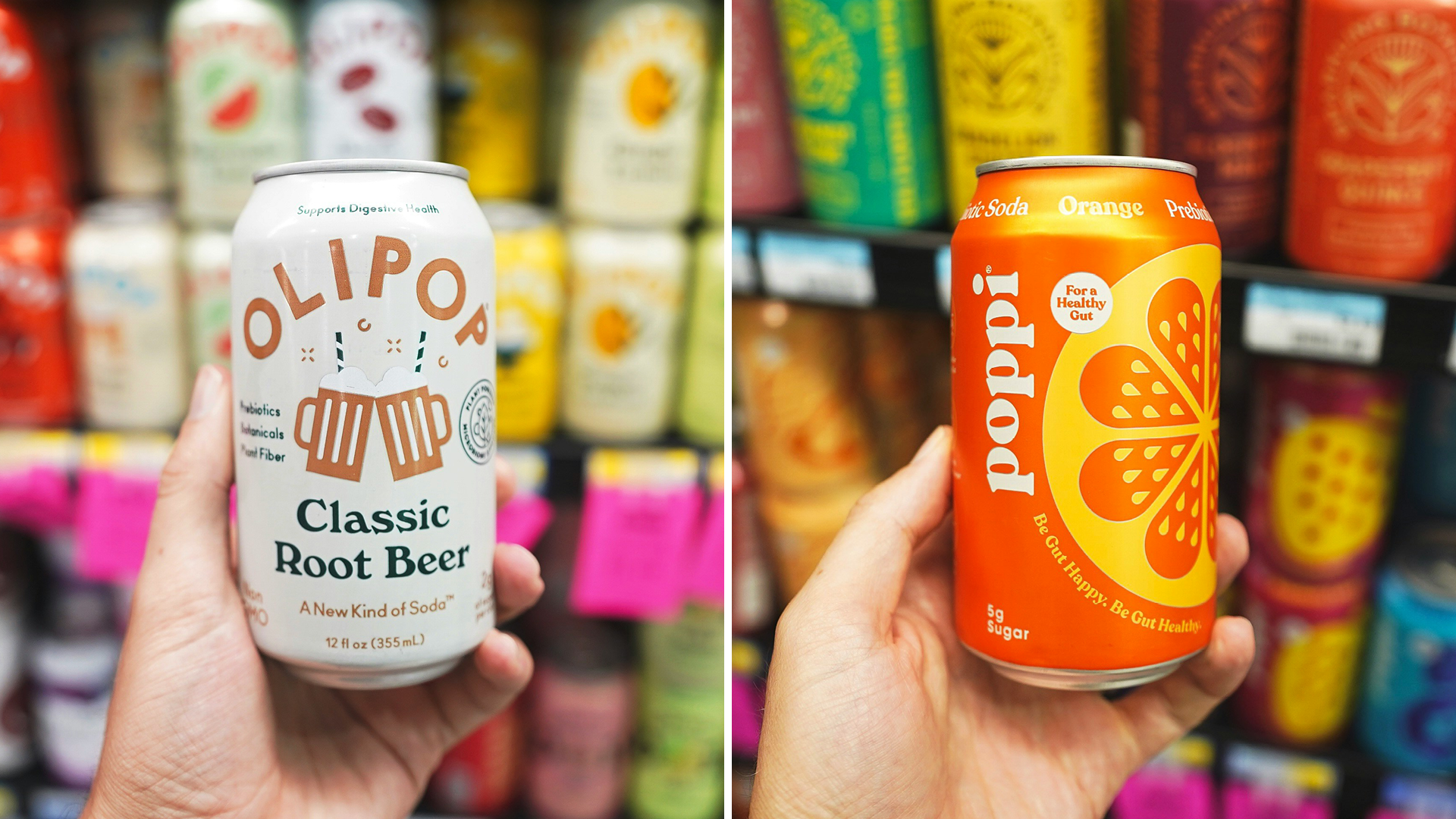As consumers turned to stockpiling when stay-at-home orders were enacted at the onset of the coronavirus pandemic, food manufacturers were forced to pivot to new operating models to ensure profitability. Avenues targeted included direct-to-consumer models, reimagining value packs and packaging sizes, and taking advantage of regulatory leniency to ensure items made it into consumers’ hands.
Manufacturers Go Direct-to-Consumer
With the enactment of stay-at-home orders in mid-March, grocery stockpiling led to out-of-stocks at many grocery retailers for household staples across the consumer packaged goods (CPG) spectrum.
In response, many CPG companies launched direct-to-consumer websites, including PepsiCo. The company launched PantryShop.com, offering bundles of pantry favorites ranging from Gatorade to Quaker. Additionally, Snacks.com was launched providing more than 100 Frito-Lay items.
Similar efforts were undertaken by a variety of companies, ranging from Impossible Foods to The Alkaline Water Co. The trend was not new, either, with 60% of all CPG investment dollars dedicated to those with a direct-to-consumer component between 2015 and 2019, according to Digital Shelf Institute.
Research from the NPD Group found that 37% of consumers reported an out-of-stock item when shopping for food in May, compared to 48% who said the same in April. While trending in the right direction for consumers, the May numbers were well above pre-pandemic norms, indicating the direct-to-consumer model was here to stay.
Consumers Seek Value in Packs
Store-acquired food prices rose a seasonally adjusted 2.6% in April from March, and edged up 0.8% going into May, according to Department of Labor data. This pace was the fastest since the 1970s, and food manufacturers were forced to contend with the changing market conditions.
In response, food makers began bundling products in an effort to offset the biggest price jump since the 1970s. Mondelez International Inc. posited smaller packages of some lower-cost products like Oreos, while the Campbell Soup Co. was exploring family-size packs that cost less per ounce, reported The Wall Street Journal (June 9).
“There is going to be strain, and I think value will play an important role for consumers going forward,” Campbell’s chief executive Mark Clouse said. Danone SA CEO Emmanuel Faber echoed the sentiment, saying his company noticed consumers moving to value channels and packages.
Additionally, Mondelez indicated it would cut one quarter of its total SKUs to reduce the pandemic-related strain on manufacturing. Representatives declined to specify which brands may be affected. General Mills and Mondelez were among many companies streamlining their products to improve efficiency in a time of high demand for shelf-stable comfort food, reported Bloomberg (July 10).
Soaring meat prices helped to push food pricing up in general, as the coronavirus disrupted meatpacking plants. Transportation and logistical costs for food makers also rose quickly.
Beyond Meat sought to take advantage of the trend when it announced value 10-packs of the Beyond Burgers for retail. Nielsen data noted plant-based meat alternative sales soared 168.5% in the week ended June 6, showcasing surging demand for the products, reported CNBC (June 17).
Foodservice Items Move into Retail Channels
Regulatory agencies worked to provide manufacturers of foodservice items with regulatory leniency to provide access to retail distribution chains in late March as a way to meet increasing demand on the retail side of the food business as the foodservice side saw drastically depreciating sales.
FDA took a variety of steps to provide flexibilities for the food industry, including the March 26 launch of a temporary flexibility program regarding nutrition labeling of specific packaged foods. The program allowed restaurants to sell foods directly to consumers without the need of a Nutrition Facts label, provided it included a state of identity, information regarding ingredients and potential allergens, the net quantity of contents, and the name and place of the business of the food manufacturer, packer, or distributor.
Additionally, as of March 26, USDA’s Agricultural Marketing Service immediately waived the provision that prohibits official grading for eggs over 21 days in age or which previously shipped for sale. The temporary deviation from the voluntary grading regulations were instituted to meet consumer demand by allowing eggs recently shipped to foodservice to be returned to the origin farms for reprocessing, repackaging, and grading for retail distribution.
On April 3, FDA followed up by releasing a guidance document to provide temporary flexibility for the packaging and labeling of shell eggs sold to consumers in retail food establishments. While temporary, the leniency helped the market weather a violent turn in early March. Egg prices for grocers tripled at the end of March when compared to the beginning of the month, landing above $3.00 per dozen, according to USDA data.









